
I’ve always been attracted to the Dutch culture. After all, who doesn’t like cheese? But the attraction was more than that, it was the tulips, the food, scenery, lifestyle and especially the folk culture. I felt such an innate ‘pull’ towards seeing the Netherlands, that I visited there whenever the opportunity arose. For many years, I’ve practised and continue to be fascinated by the Dutch styles of Folk Art painting, particularly that from the villages in the north, who have ties to the Hansa and Scandinavian culture.
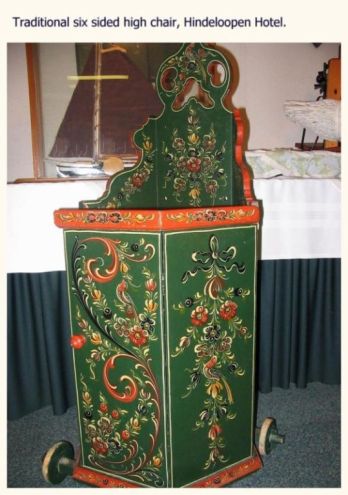
Dutch style Folk Art painting
But it was in researching my family that I discovered the potential Dutch connection in my family history. A DNA memory that might explain my fascination with Dutch culture. And I discovered it, not in The Netherlands, as one would suspect, but in fact, in Poland.
On a cultural trip to Poland, I learnt that several hundred years ago, Mennonite farmers from the Netherlands, were invited by the Polish-Prussian authorities to colonize the land near Poznan and Gdansk, (where some of my family lived), due to their acknowledged expertise in farming very wet and poorly drained soils. They were given certain rights and privileges not necessarily afforded to the local mainly feudal population, and thus quickly formed communities called ‘Olender.’
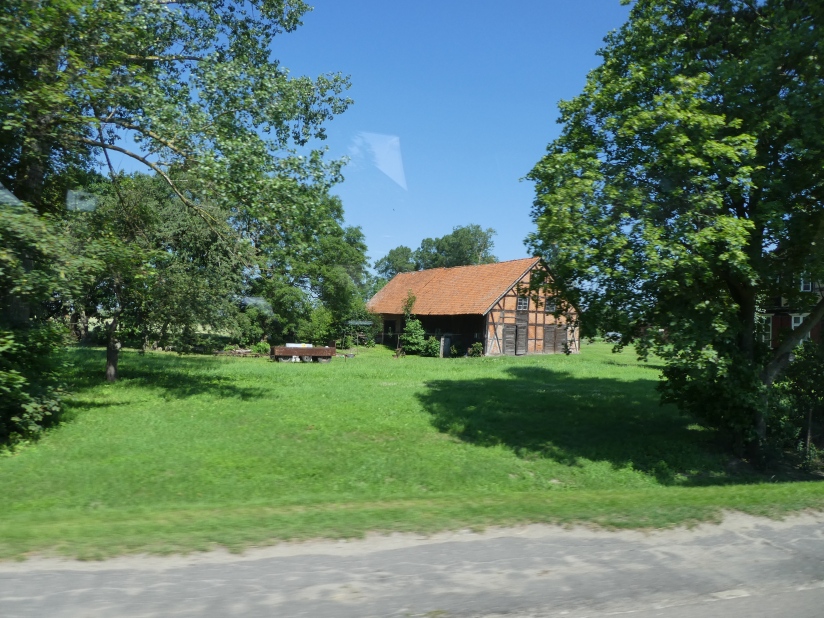
My historical curiosity wanted to know more. Was there a connection to my family?
In researching these Dutch communities in Poland, (many who came from Friesland), it seems that being ‘Olender’ could actually mean much more than just Dutch ethnicity, it could mean a town that followed a certain style of laws and religious practice. Olender , at first, seemed to be a contraction or parochial term for “Hollander,” (hailing from the Netherlands), but in time, Olender came to mean whole communities that followed a particular cultural or legal mode and could be a mix of Prussian, Polish and Dutch ethnicity. They really were embracing multiculturalism even then! But, unfortunately, it wasn’t all plain sailing.
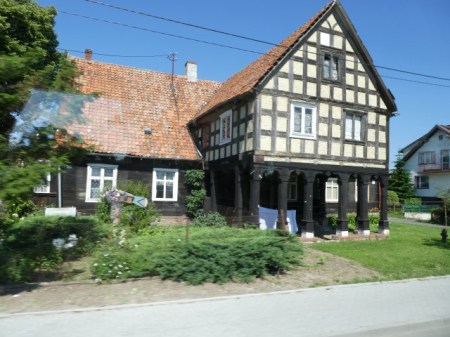
They were often devout Lutherans, following old religious ways and were even referred to as ‘Evangelicals,’ in the Polish regions.
Towns that were once called ‘Klep….’ were later called ‘Nowa …’ to sound more polish after independence was gained. These areas it seems were areas that were settled by Mennonites from the Netherlands.

Some of the Olender families from Zielona Gora, and Poznan, and in some cases, entire villages from Klepsk, in 1838, emigrated to Australia, due to what they felt was religious persecution, or restrictions on their religious freedom. In one document, requesting permission from the Prussian authorities to emigrate to Australia, the applicant family stated they could not ‘live in this world without being able to follow their old Lutheran ways.’ Religion and culture was extremely important to most people in the 19th century and indeed, also in earlier times. So one could see that it might be their high standards of personal freedom and their devout style of faith that led them to emigration to the New worlds.
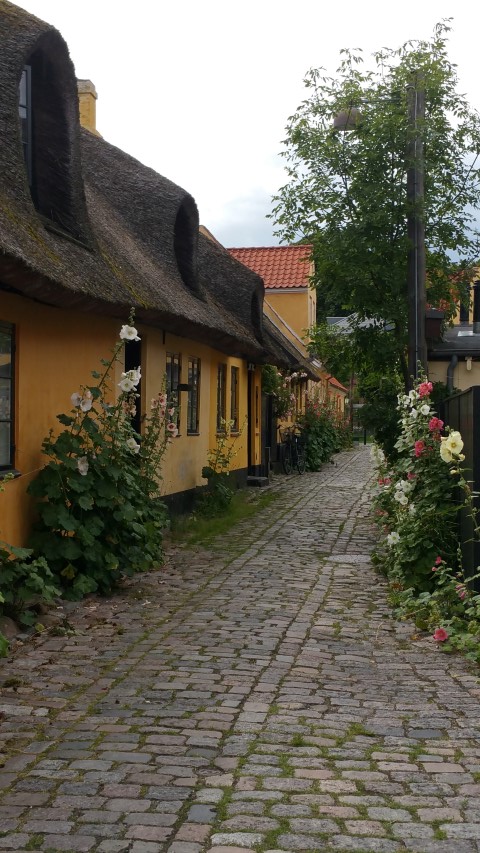
The influence of the Dutch was also present in communities in Denmark, especially the area on Amager, an island close to Copenhagen, where the international airport is located. Today, it is a treasured time capsule of cobbled lane ways and yellow and white painted cottages, some still with thatched roofs.
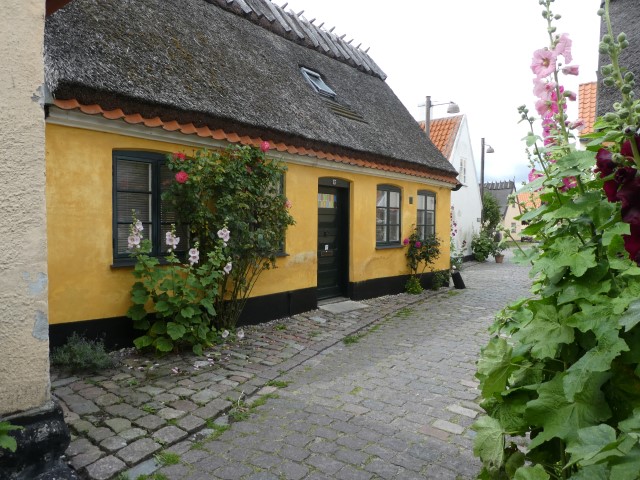
Once an area of sailors and their lady acquaintances, Dragor and the small villages such as Store Magleby, make for a delightful stop en-route to Kastrup airport. The dogs in the window were a sign to the sailors that the lady of the house was available for “visits!!”
So it seems that there was little coincidence in my visiting the very areas in both Poland and the Netherlands that were significant in my family ending in Australia. Although I can’t say that I would be over the moon to find out one of my female ancestors lived in Dragor!!!
Historic connections and DNA memory is Something I will often Ponder About


I learnt a lot from what you have just revealed. Never knew that the Dutch went to Poland to pass and teach agricultural knowledge.
LikeLiked by 1 person
Thanks Gerard. It certainly isn’t that well known outside of Poland. And their skills clearly were appreciated and successful as these areas are still fertile agricultural land today.
LikeLike
So interesting. I had no idea that the Dutch went to Poland!
LikeLiked by 1 person
Thank you Luanne! It is so interesting and I didn’t know there was so much planned immigration within Europe before the discovery of the New Worlds, after which the majority of the emigration waves, occurred. I guess the competition for arable land in a small country like the Netherlands was a big motivation for the Dutch to leave their home country and try life in another realm, do you think?
LikeLike
I usually buy Gouda cheese too. I would like to see the gardens at Keukenhof
LikeLiked by 1 person
A friend of mine used to live in the Hague for some years and would visit Keukenhof every day when the tulips were in season. Her photos of the gardens in their splendour, even though sent via email, used to be sooo beautiful it would almost bring a tear to my eye and I usually am not too emotional about that sort of thing, so it really surprised me. It was the depth of colour, the panaroma of colour, and ….well I can’t really explain it in words. You really should go to Keukenhof in tulip season!!! Only a shortish trip for you?
LikeLiked by 1 person
It’s still a 2.1/2 hour flight to Amsterdam from here. I have to go to Berlin later this year to visit one of my oldest friends and his wife and three kids (and one on the way). He really started late.
LikeLike
2.5 hours!!! A mere spit in the ocean!! 2.5 hour flights does not get me out of my country. 2.5 hours is a morning drive to Noosa – one of our beaches – {we do consider that “just up the road”} and I am still not even remotely near the border of the state, let alone another country!! How long would it take to drive to Amsterdam?
LikeLiked by 1 person
Well I’ve never done it but I’m guessing about three full days with night stops. I won’t be trying it. Flying is too cheap these days and I’m growing old now.
LikeLiked by 1 person
Flying is much preferable and saves time!
LikeLiked by 1 person
Yes that’s right but my favourite transport is the train or boat. Trains cost a fortune here in Europe.
LikeLike
I did notice that. Train fares were close to airfares! But the fast trains are a great service.
LikeLike
If I take the train from Lisbon to London it will cost €280 one way but I can fly by Ryanair for as little as €23 in the off season.
LikeLiked by 1 person
That is simply crazy!!!!! No wonder trains are less profitable as a business.
LikeLiked by 1 person
Yes it’s really madness, Amanda
LikeLiked by 1 person
And they wonder why people don’t patronise trains anymore. I recently actually considered travelling from Norway to Berlin by train via Sweden and Denmark but the connections were horrible and by the time I added up the cost of all the sectors it became completely ridiculous. I ended up flying from Bergen to Oslo and thence to Berlin.
LikeLike
I have to visit an old friend in Berlin (a Japanese married to a German) and I’d love to take the train via Madrid, Barcelona, Lyon and and Frankfurt. I saw the horrific price and decided on the plane instead.
LikeLiked by 1 person
And that is such a shame, isn’t it, Dai? Back in 2011-12, I took the train on the sector from Frankfurt to Berlin and I thoroughly enjoyed it. I travelled via Osnabruck by fast train back in 2011. Oddly enough, it was the weekend they found and detonated the unexploded WWII bomb in the Rhine river, evacuating everyone and cancelled all the trains, apart from the Fast Train that I was on!!!
Have a nice flight to Berlin, nevertheless!
LikeLiked by 1 person
Thanks, Amanda. It will probably be Ryanair so cattle class for sure
LikeLiked by 1 person